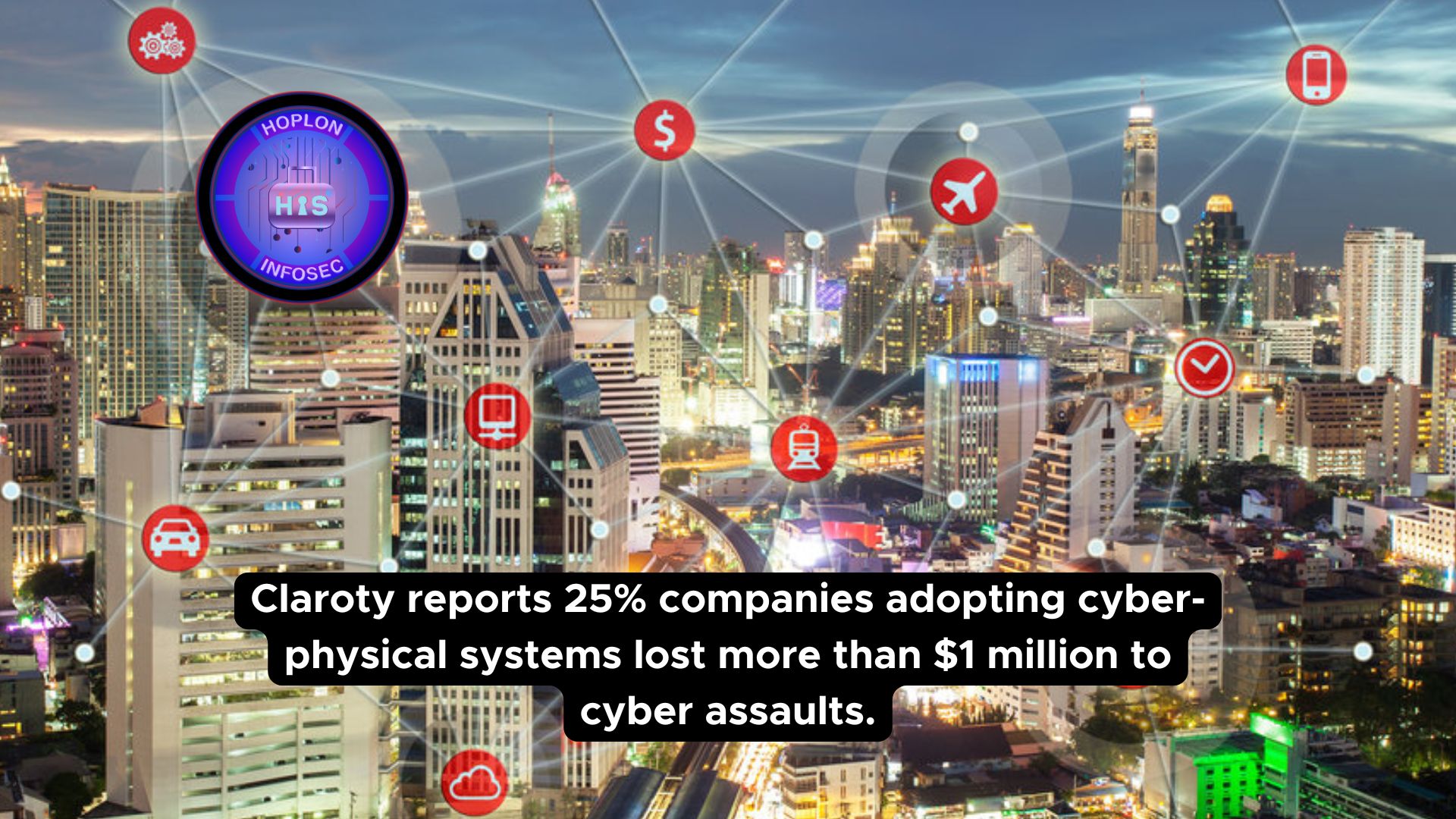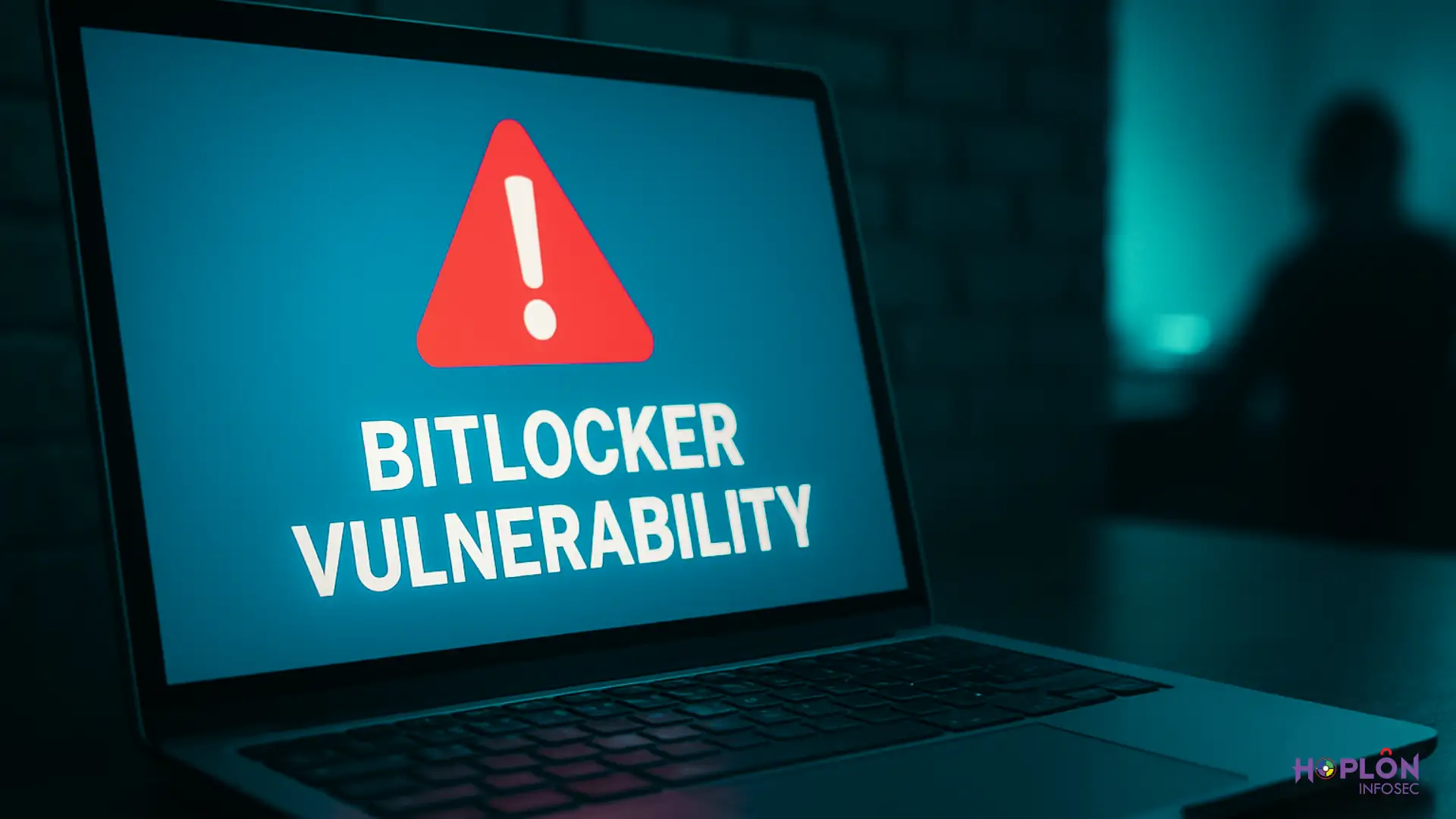In the current fast-changing industrial environment, there is a rising and pressing danger of cyber attacks on cyber-physical systems. As per a recent report from Claroty, 25% of companies that utilize CPS in sectors like manufacturing, energy, and healthcare have suffered financial losses of over $1 million because of cyber incidents. These attacks, which frequently focus on the fundamental operational technology setups, can interrupt production, close down crucial services, and expose organizations to substantial recovery expenses and harm to their reputation.
In addition to the financial impact, these breaches can lead to disruptions in operations, potential safety hazards, and ongoing vulnerabilities that demand substantial resources to address. As companies increasingly merge IT and OT, the potential for cyber attacks grows, leaving systems open to complex threats. As 45% of cyber-physical assets are now linked to the internet, it’s essential for organizations to reassess their security stance, establish strong defense tactics, and ensure their systems can withstand inevitable attacks.
Claroty Highlights Operational Disruption
Attacks on cyber-physical systems can cause serious disruptions in industrial operations, resulting in prolonged downtime and significant production delays. The consequences of these events go beyond just financial losses, affecting supply chains and customer relations.
Given the growing complexity of industrial settings, even a short interruption can lead to major setbacks, impacting the overall efficiency and profitability of a company. This emphasizes the importance of strong cybersecurity measures and proactive risk management strategies to protect operational integrity and ensure uninterrupted production.
The urgent importance of prioritizing cybersecurity for organizations is highlighted by the significant impact of cyberattacks on operational disruption. Businesses, due to their growing dependence on interconnected systems, need to adopt thorough approaches to safeguard their cyber-physical environments.
This involves making investments in advanced security solutions, performing routine risk assessments, and providing cybersecurity best practice training for employees. Through proactive measures, organizations can strengthen their ability to withstand cyber threats and protect their operations from potentially devastating disruptions.
Consequences in Finances: Cyberattacks can result in substantial financial losses due to halted operations and expenses for recovery.
Impact on Supply Chains: Disruptions can spread through supply chains, causing delays in deliveries and impacting customer satisfaction.
Long-Term Consequences: Prolonged downtime not only impacts immediate productivity but also harms a company’s reputation and its position in the market.
Importance of Preparedness: Stressing the significance of proactive cybersecurity measures to reduce risks and safeguard operational integrity.
Increased Vulnerability Risk: As organizations increasingly interconnect their systems, the potential for operational disruption expands, necessitating heightened awareness of security.
Strategic Incident Response: Developing a robust incident response plan can help minimize downtime and ensure swift recovery.
Consequential operational consequences felt by organizations around the world
Cyberattacks can have major operational consequences for organizations working in today’s digital landscape. Almost 49% of global respondents reported more than 12 hours of downtime due to cyber attacks in the previous year, with around one-third seeing at least a full day of disruption.
The aftermath is just as concerning, with over half reporting that recuperation took a week or longer, and 29% requiring more than a month to return to normal operations. These operational disturbances have an impact not just on productivity and income, but also on resource availability and customer trust.
Cybersecurity measures should be a top priority for organizations, especially when it comes to addressing remote access vulnerabilities that could compromise essential systems. Respondents expressed increasing confidence in their organization’s risk reduction efforts, suggesting increased maturity in CPS environment defense; the majority of respondents (56%) are more confident in their organization’s CPS ability to withstand cyber attacks today than a year ago.
It is important to put in place secure protocols, carry out frequent audits, and educate employees on identifying possible threats as fundamental measures to reduce these risks. The capacity to promptly bounce back from incidents is vital for sustaining operational flow and safeguarding against potential disruptions.
Rising Ransomware Threats: Key Insights from Claroty for Enhanced Security
Claroty underlines that ransomware assaults are a major worry for businesses, particularly in industries such as healthcare. Many businesses confront requests that exceed $500,000, which can put a burden on resources and disrupt service continuity. This development highlights the critical need for stronger cybersecurity measures and preparation to combat increasing ransomware threats.
To reduce these risks, businesses must invest in advanced security solutions, conduct frequent vulnerability assessments, and educate staff on cybersecurity best practices. Over half of respondents (53%) met ransom demands of more than $500,000 USD to recover access to encrypted systems and files in order to resume operations. This problem is particularly severe in the healthcare sector – 78% reported ransom payments over $500,000.
Establishing a strong incident response strategy is critical for minimizing damage and ensuring rapid recovery in the case of an attack. Businesses that take these preemptive steps can strengthen their defenses against the growing danger of ransomware and protect vital operations.
The High Stakes of Cybersecurity: Impacts on Industrial and Manufacturing Processes
The study found that interrupted or manipulated industrial, manufacturing, and other processes can have a significant impact on system availability or the safety of operators and the general public. This can lead to production shutdowns or delays in product delivery, resulting in significant financial losses. The most common cybersecurity implications are process manipulation (chosen by 38 percent of respondents) and process interruption (37 percent), which go hand in hand with operational downtime.
Data breaches in the industrial and manufacturing industries pose considerable hazards, including process manipulation and interruption. These threats have the potential to significantly reduce system availability and jeopardize operator and public safety. As a result, firms may experience production shutdowns and product delivery delays, leading to significant financial losses.
With 38% of respondents indicating process manipulation and 37% citing process interruption, the link between cyber threats and operational downtime becomes clearer, stressing the need for strong cybersecurity measures. The survey highlighted that 38% of respondents experienced process manipulation, while 37% noted process disruption, demonstrating the critical link between cybersecurity threats and operational downtime.
Conclusion
In the end, Claroty stated that asset inventory and visibility into CPS assets are critical for establishing firewalls, finding network anomalies, and detecting threats. Once hazards are identified, businesses can take action to manage risks. Advanced attackers target the CPS, therefore detecting threats and anomalies is critical. IT/cloud connectivity is required for digital transformation, as is network segmentation to ensure secure communications.
This reduces lateral movement and separates sensitive data, hence improving compliance. CISOs should create segments depending on security requirements, configure firewalls, and prioritize threat detection based on segment sensitivity. Security operations centers work with threat detection technology to manage issues. Visibility into the CPS is critical for managing attacks and maintaining system integrity.
For more details:
https://securitybrief.com.au/story/australian-firms-lost-over-usd-1m-in-cps-cyber-attacks




